The Majestic Big Bull Elk – Discover the Fascinating World of North America’s Largest Deer Species
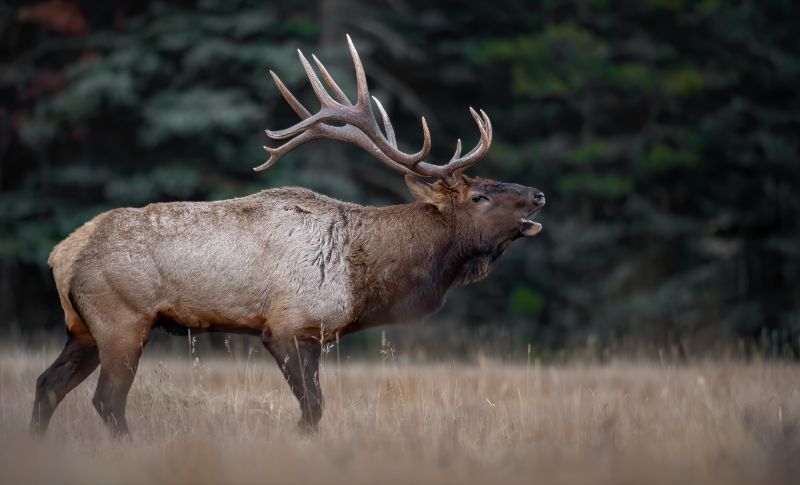
If you have yet to see a Big Bull Elk in its natural habitat, prepare yourself to be wooed by nature’s grandeur. The elk, a creature with immense size and compelling appeal, can peak up to 900 pounds. Accentuated by a large set of antlers, the Big Bull Elk’s striking appearance is truly a sight to behold.
Being Neighborly with Big Bull Elk
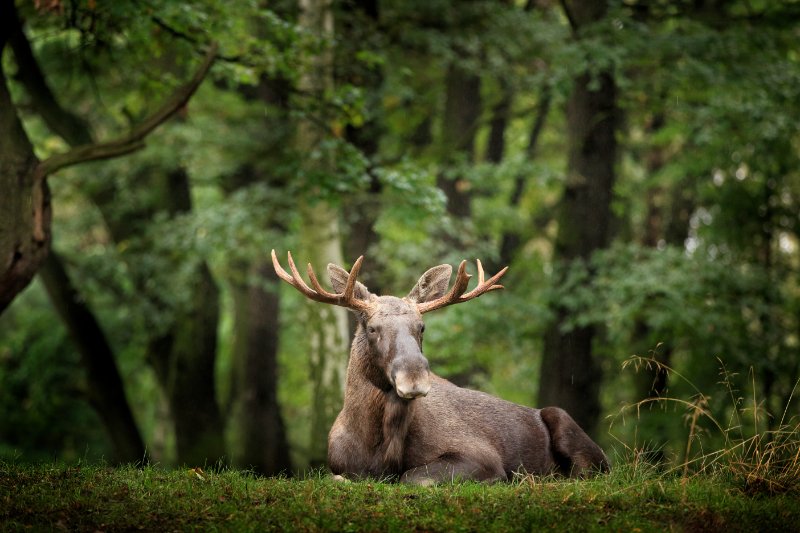
You may have more opportunities to encounter a Big Bull Elk than you think, especially in the peaceful days apart from elk hunting season. For the lucky residents around the Rocky Mountains, it’s not unusual to discover a group of elk leisurely visiting your front yard.
Did you know that these majestic creatures shed their antlers annually, only to grow a replacement pair the following year? It’s one of nature’s little marvels! But once the hunting season commences, these elk cleverly retreat to safer territories. They are often found navigating higher elevations and taking cover in densely wooded areas.
Discover Wilderness Elk
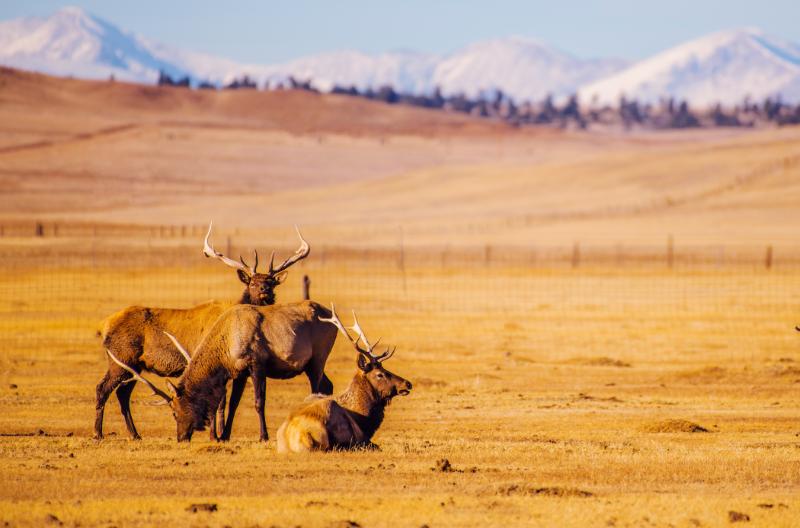
Exposure within Olympian Boundaries
One place where you can peacefully observe these majestic creatures is Olympic National Park. Secured by the wild stretches on the Olympic peninsula west of Seattle, Washington State, the park provides an ideal shelter for the Roosevelt elk. Introduced here during the early 20th century, this subspecies adapted splendidly, thanks to the protective environment.
- Remember to keep a safe distance!
- Elk may seem friendly, but they’re still wild animals.
- Approaching too close, especially during mating season, is a no-no!
Comfortable Observation
For those not keen on venturing the wilderness, Yellowstone National Park is perfect. Here, you can often witness the Big Bull Elk bugling from comfortable distances. Particularly near Mammoth Hot Springs at the north entrance, they’re abundantly visible, either from your car window or during leisurely strolls.
Welcome to Elk City
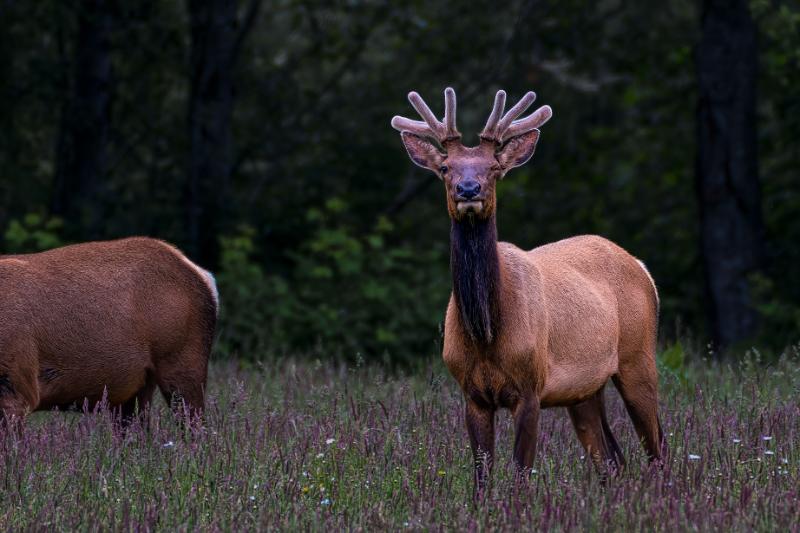
Leaving the park’s northern boundary, you’d come upon the town of Gardiner, Montana. Lo and behold, you’d be greeted by Big Bull Elks and their elk families leisurely lounging about the main street. Their preferred hangouts include lawns, courtyards of local establishments, and even the court house steps!
Fun fact alert – the elk savvy migration is becoming legendary. As hunting season begins, they retreat back into the park. Smart move, isn’t it?
Lasting Legacy of the Elk
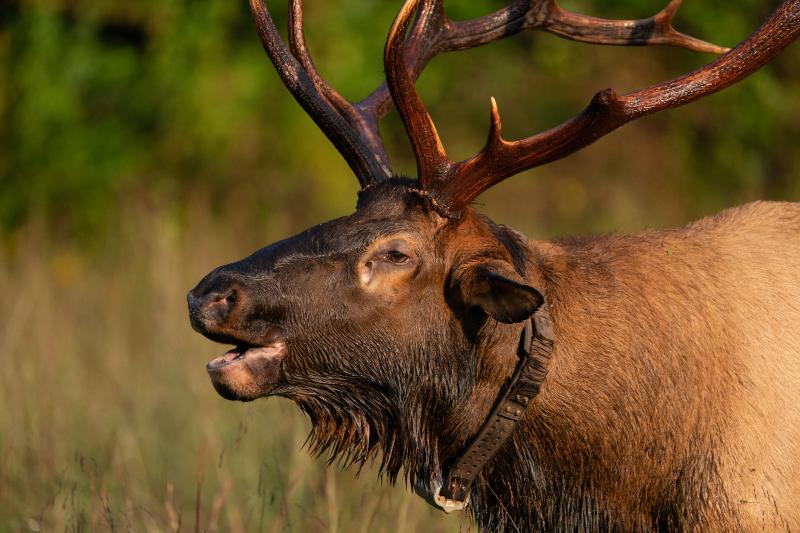
Believed to have traversed into North America around the same time as early humans, the Big Bull Elk has left its mark, quite literally. Antique pictographs in the region of Montana bear testament to this. Needless to say, these magnificent animals have intrigued many a Native American hunter in their time.
Discover More About Elk
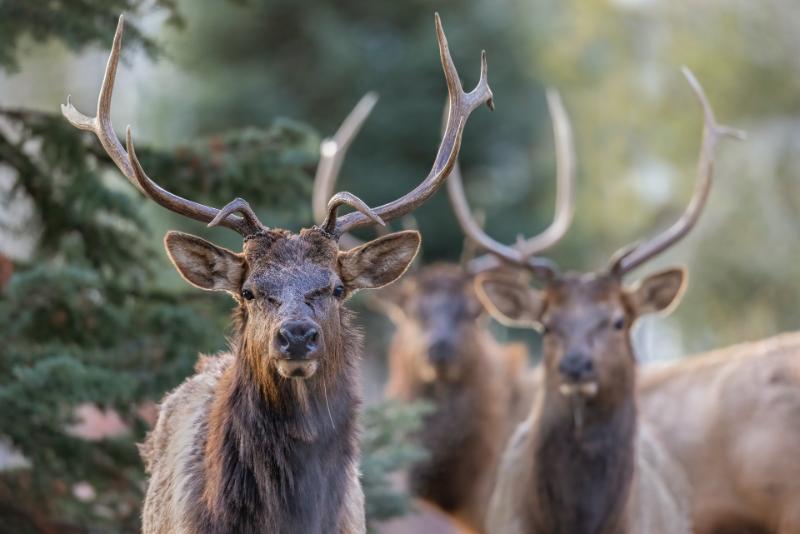
Keen to explore the fascinating world of the Big Bull Elk? The Rocky Mountain Elk Foundation offers a wealth of information on this largest deer species. With a visit to their website or headquarters in Missoula, Montana, you’ll find everything you ever wished to know about these majestic creatures!